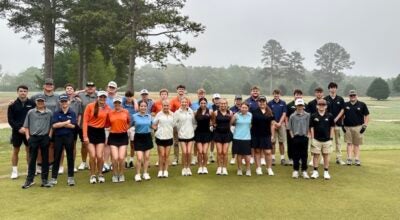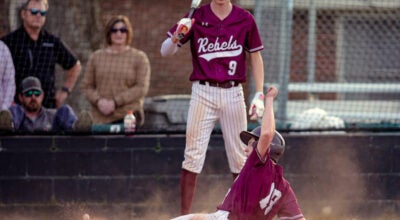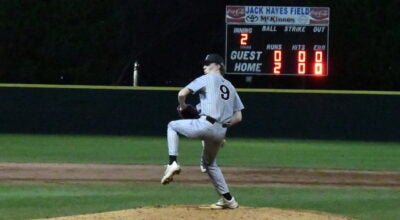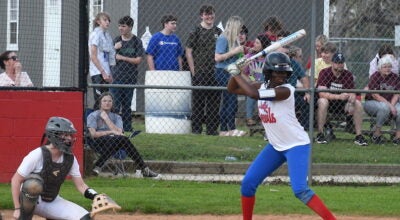Number of Tommy John procedures on the rise
Published 10:51 pm Thursday, July 10, 2008
ORLANDO, Florida – Eighty-three percent of athletes who had “Tommy John” elbow reconstruction surgery were able to return to the same or better level of play, according to a study released today at the 2008 American Orthopaedic Society for Sports Medicine Annual Meeting at JW Marriott Orland Grande Lakes. While reassuring to athletes, the study authors find alarming the trend of more and more young athletes requiring the surgery.
“Before 1997, this surgery was performed on only 12 of 97 patients who were 18 or younger (12 percent),” said co-author E. Lyle Cain, MD, fellowship director for the American Sports Medicine Institute, Andrews Sports Medicine and Orthopaedic Center in Birmingham. “In 2005 alone, 62 of the 188 operations performed were on high school athletes, a third of the surgical group. The reality is that this surgery is successful, and that’s good. But a disturbing trend of younger kids needing the surgery is troubling. This should be a wake-up call to parents and coaches that specialization in baseball, where kids don’t get adequate time off, is very dangerous.”
“Tommy John” surgery is a procedure where a damaged elbow ligament (ulnar collateral ligament or UCL) is replaced with a tendon from elsewhere in the body. The surgery is named for Hall of Fame pitcher Tommy John, who was the first person to have the surgery in 1974. John returned to the major leagues and went on to win 164 games after the surgery. Prior to this historic surgery, a UCL injury was a career-ending injury.
In the study, 743 patients who had the Tommy John surgery were contacted for follow-up evaluations and completed a questionnaire about their recovery. The majority of the patients were baseball players (94.5 percent); the remaining 5.5 percent were involved in track, football or other sports. The study found that 622 patients (83 percent) returned to the previous level of competition or higher. Of the major league players, 75.5 percent returned to the same level of play. For minor league players, 56 percent returned to the same level or higher. The average time from surgery to full competition was 11.6 months after reconstruction, according to study results. Additionally, about 10 percent of the patients had complications, mostly minor.
“The increase in the number of UCL reconstructions being done now can be attributed to many things: improved diagnostic techniques, heightened awareness, increased chance of positive outcome with current surgical techniques, but most importantly, the overuse of young throwing arms,” Cain said. “In the past 10 years, year-round baseball leagues have proliferated. So, the best young pitchers are throwing many more pitches and learning to throw more difficult pitches. It’s great that the surgery is successful, but prevention of the injury should be the goal. Kids should be urged to rest and be careful about saving their arms rather than leading to long-term problems at a young age.”






